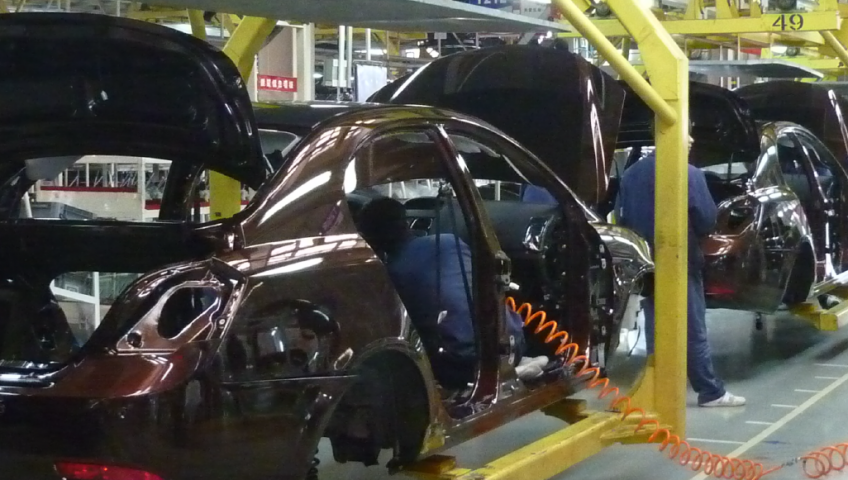As discussed in part 1, compressed air leaks can account for as much as 30% of total compressed air utilized at a plant. These leaks can come from multiple sources varying from design issues and aging equipment to negligence and mismanagement.
This part in the Compressed Air Monitoring Intelligence series focuses on compressed air leak sources. These sources can be grouped in 6 major categories:
Fittings/Flanges/Couplings/Sealants
These are perhaps some of the most common and frequent sources of air leaks; poorly installed fittings, flanges or couplings across a plant can add up to significant pressure drops across the entire pneumatic system. Low quality components, mismatched threading or improper thread sealants are some of the major culprits for these leaks.
Pipework, joints and manifolds
The most obvious places to looks for leaks are in pipework, joints and manifolds which transport compressed air through the system. While leaks in the actual pipework aren’t nearly as frequent as one may think, the largest source of leaks in this category comes from joints. Poorly welded, aging or too many joints in a system lead to air leaks and pressure drops across the system.
Tubes/Hoses
At the supply end, frequent leaks come from connecting tubing and hoses. In addition to leaks from deterioration, common issues arise from push-to-lock fittings for tubes. In the case of hoses, damage from surrounding equipment causes abrasions, eventually leading to leakages. Improperly sized hoses or tubes stress their connecting joints, which leads to further leaks.
Filters, Regulators, Lubricators (FRLs)
A lesser suspected cause of leaks are FRLs. Deteriorated components, low quality first-cost/replacement parts or improper installation/replacement of these components lead to air leakage. Moreover, lack of a proper maintenance plan may result in choked filters which significantly drops pressure and air flow.
Valves and Cylinders
Another overlooked category; deterioration, corrosion and erosion in cylinders can lead to leakages resulting in pressure loss. Similarly, degraded valves not only result in leaks from poor sealing, the loss of full functional range can leave valves partially or even completely open during operation, resulting in significant air pressure loss. Condensate drain valves, if left unattended or overlooked during operation can result in major air losses.
Idle devices
This last category is more about optimal practices and optimized design than actual losses from conditional defects. Systems or sections when not in use but still connected to the pneumatic system consume energy that could otherwise be conserved very easily. Isolating idle systems can help save energy costs from both unwanted utilization of compressed air and any potential leaks that the idle section may have.
Knowing where leakage and losses occur is only the first step in resolving the energy conservation issue. The next article in this series will discuss how to monitor these leaks and track an entire plant using intelligent systems.

